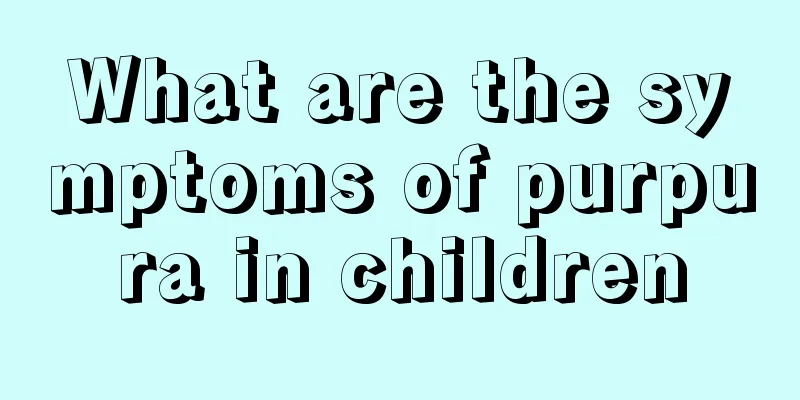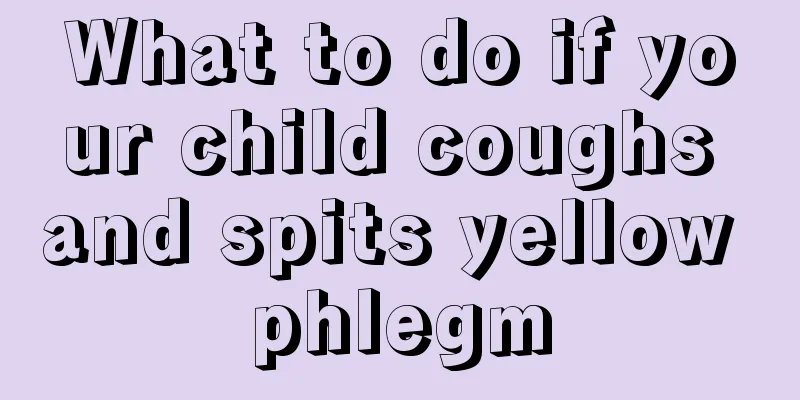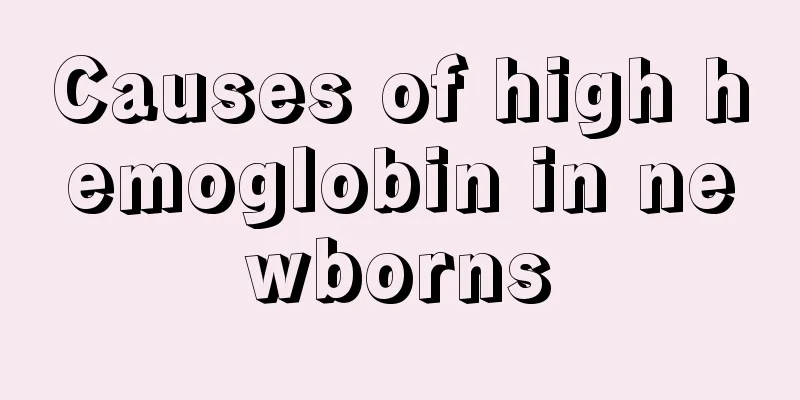What are the symptoms of purpura in children

|
Purpura is a very scary skin disease, which is mainly manifested by the appearance of many red spots under the skin, but there is no bleeding. Many rashes may also appear on the skin surface. Patients with purpura cannot eat most things. Purpura can make people feel very painful, and some may even experience necrosis on the skin surface. There are many reasons for purpura, but most of them are caused by children buying junk food and eating it indiscriminately. Let’s take a look at the symptoms of purpura in children. Most cases present with skin purpura as the first symptom. Skin lesions appear as pinpoint to soybean-sized petechiae, ecchymoses or urticaria-like rashes or pink maculopapular rashes that do not fade when pressed, which is purpura. Purpura may merge into patches and eventually turn brown. It usually disappears within 1 to 2 weeks without leaving any trace. In severe cases, blisters, blood blisters, necrosis and even ulcers may occur. The rash often occurs in weight-bearing areas, especially on the extensor side of the limbs, especially the lower limbs, around the ankle joints and buttocks. The lesions are symmetrically distributed, appear in batches, and are prone to recurrence. Purpura alone is called simple purpura. Most of the skin manifestations of allergic purpura are characterized by skin purpura as the first symptom. It often appears on the limbs, distal extensor side, buttocks and back, but rarely on the face and trunk. Purpura is symmetrically distributed, appears in batches, varies in size, and can merge into pieces, or even form hemorrhagic blisters and hemorrhagic necrosis. Purpura usually disappears on its own within a few days. In a few cases, it may be accompanied by angioedema or urticaria of the eyelids, lips, hands and feet. Most of the skin manifestations of allergic purpura are characterized by skin purpura as the first symptom. It often appears on the limbs, distal extensor side, buttocks and back, but rarely on the face and trunk. Purpura is symmetrically distributed, appears in batches, varies in size, and can merge into pieces, or even form hemorrhagic blisters and hemorrhagic necrosis. Purpura usually disappears on its own within a few days. In a few cases, it may be accompanied by angioedema or urticaria of the eyelids, lips, hands and feet. If you still have any questions, go to a regular dermatology hospital for diagnosis and treatment as soon as possible! |
<<: One-year-old baby suddenly cried at night
>>: Can a one-year-old baby eat honey?
Recommend
What should a 6-year-old child eat when he has a fever?
Many parents feel at a loss when they find their ...
Baby care methods
Babies should pay special attention to their dail...
Can children use air conditioning when they have a fever?
After entering the hot summer, due to the neglige...
What to do if your newborn baby has dry lips
The weather will become particularly dry in autum...
The difference between growing pains and pathological pain
When children are growing up, they often tell the...
What are the methods to reduce fever in children with colds?
Viral colds can cause serious harm to your childr...
What causes children to bite their teeth?
Many parents will find that their children have s...
Will Taekwondo affect children's height?
The height of children is very important, because...
Treatment for children's cough and low-grade fever
Nowadays, the incidence of children's cough a...
Symptoms of emotional disorders in children
Emotional disorders are a type of mental illness....
What to do if a 50-day-old child has a fever
For some couples who are becoming parents for the...
What are the early symptoms of scarlet fever?
The early symptoms of scarlet fever mainly includ...
Baby's tooth growth pattern
Babies do not have teeth when they are born, but ...
Why do children always cry in the middle of the night?
It is common for children to cry in the middle of...
What should I do if my 4-year-old child has a hunchback?
Everyone is familiar with the phenomenon of hunch...









